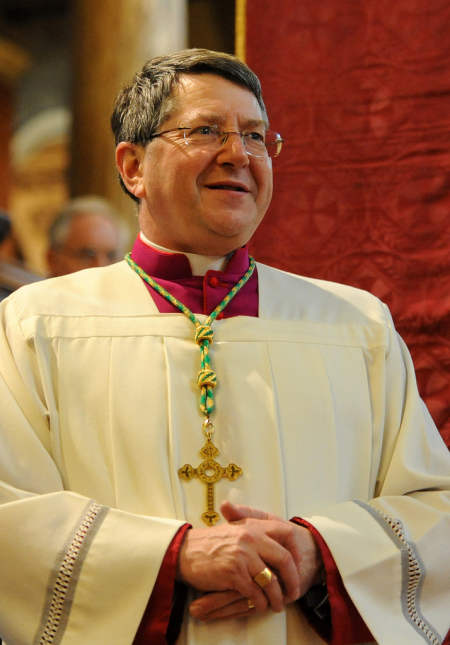Fr. Klein skriver om gifte, katolske prester
Jeg har lest om (og skrevet om, bl.a. HER) Father Leonard Klein – luthersk prest fram til 2003, katolsk prest fra 2006 – men ikke fått med meg at han i fjor vår skrev en interessant artikkel om gifte katolske prester, som han kalte «What Can the Catholic Church Learn From Married Priests?» Her skriver han bl.a.:
… Whatever the difference is between celibate clergy and us exceptions, it is, I am convinced, not availability.
There is enough time; there is never enough time. What is true for everyone in the modern world is true also for priests, equally for the celibate as the married. Clergy who bemoan the demands of their office and the lack of personal time are whining. Tough though some of their situations may be, family life would not ease them.
I entered the Catholic Church in 2003 after twenty years as a Lutheran pastor and was ordained to the priesthood in 2006. I have a wife, three children, and five grandchildren. They have claims on my time, as do our large extended families. But many a celibate priest must respond to a large extended family or provide care for aging parents. Priesthood does not bring freedom from family and human obligations, nor should it. The requirements of a nuclear family are more immediate and time-consuming, but it does not seem to me that they establish a categorical difference in availability from the rest of the clergy.
To be sure, married priests can’t easily be sent off for advanced study in Rome. Nor can we move at the drop of a hat. We are in some ways more expensive, but the costs of maintaining and staffing a rectory are considerable. And we are generally cheaper to educate, since we all come to the Church with theological educations and a personal formation refined by the reflection and self-examination that led us to full communion.
So it cannot be the practical arguments that bear the weight for celibacy. ….
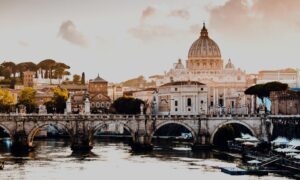
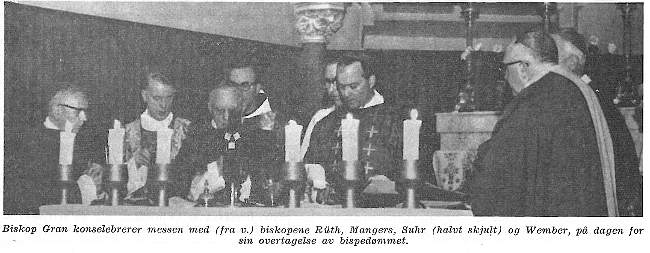
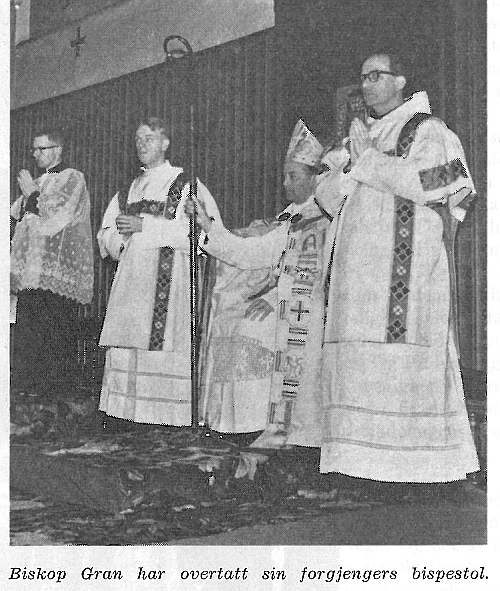 Og derfor er biskop Grans tale så viktig at «St. Olav», forsinket av julehelg og hoppende trykningstider, velger nettopp denne tale som «et dokument» fra det som skjedde den 13. desember, på tredje søndag i advent.
Og derfor er biskop Grans tale så viktig at «St. Olav», forsinket av julehelg og hoppende trykningstider, velger nettopp denne tale som «et dokument» fra det som skjedde den 13. desember, på tredje søndag i advent.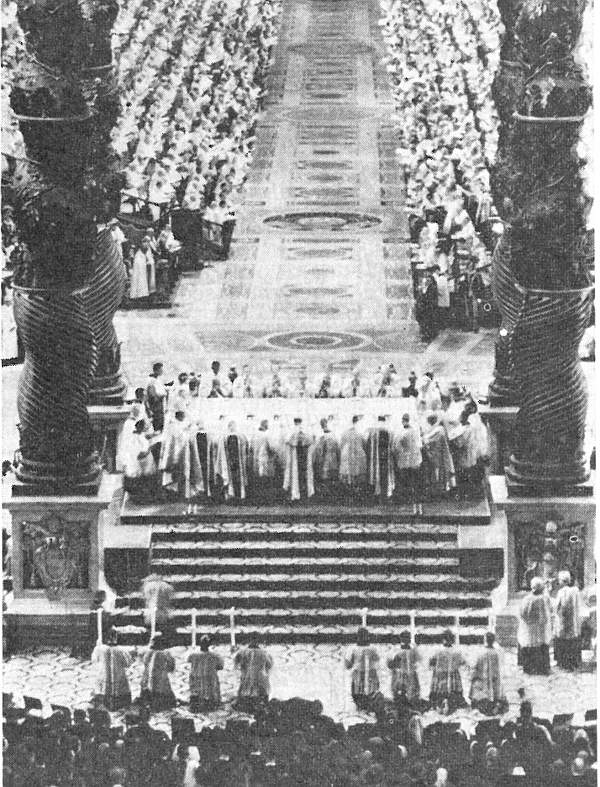
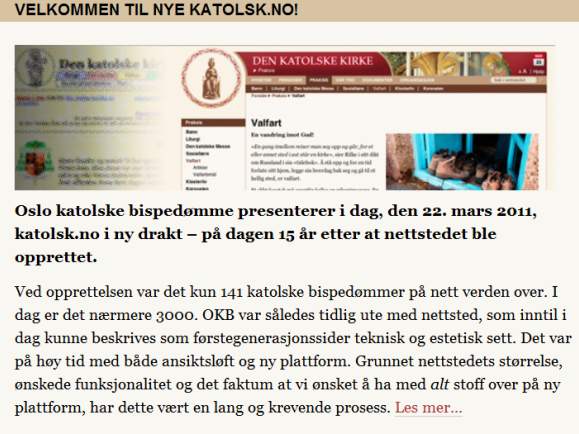 Jeg vil gjerne være med og gratulere med at
Jeg vil gjerne være med og gratulere med at 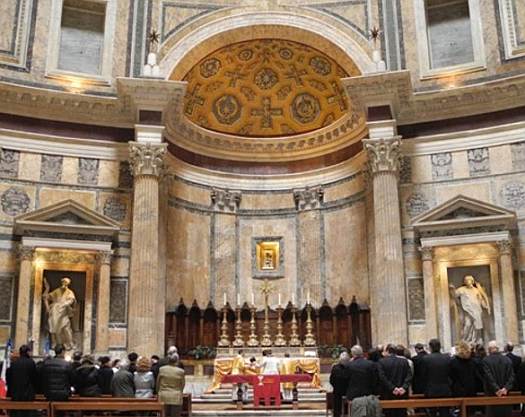 Vi var i Roma sist lørsdag (19/3) fram til kl 14, men visste ikke om denne messen i Pantheon (Santa Maria ad Martyres).
Vi var i Roma sist lørsdag (19/3) fram til kl 14, men visste ikke om denne messen i Pantheon (Santa Maria ad Martyres). 